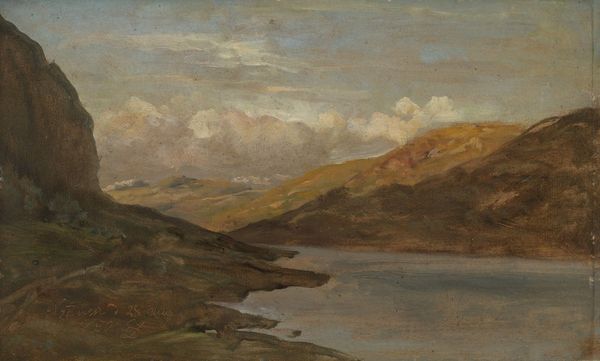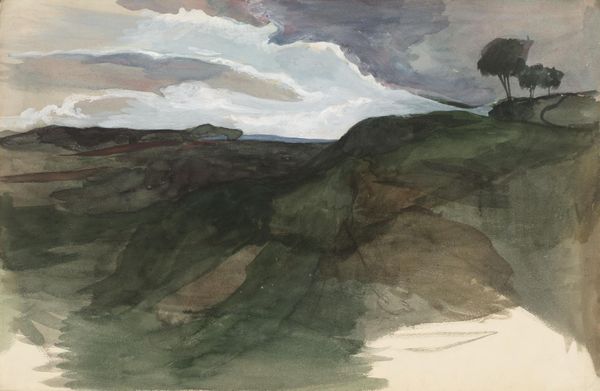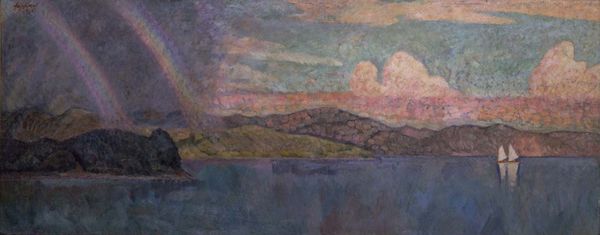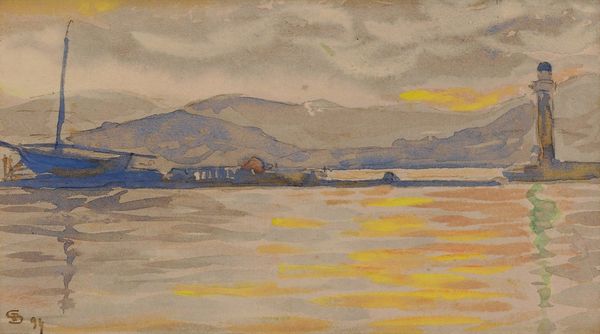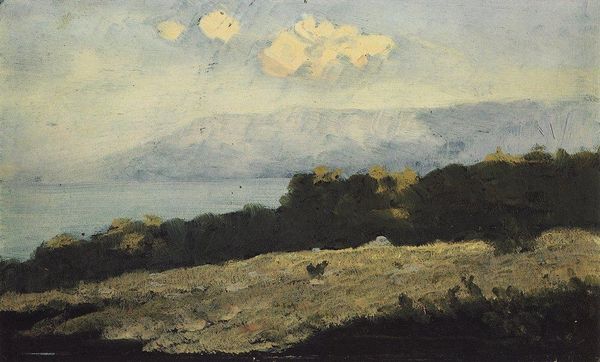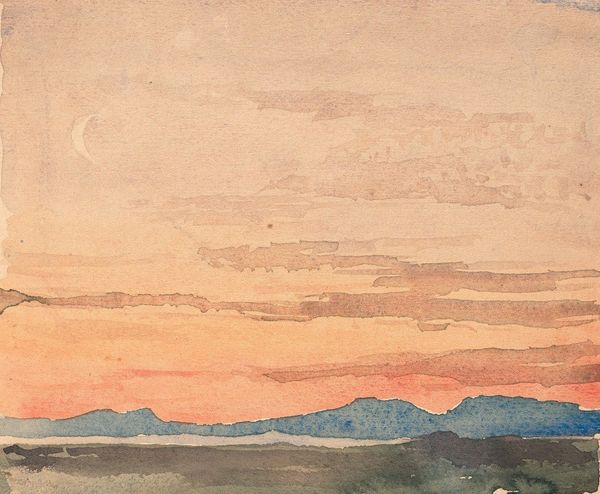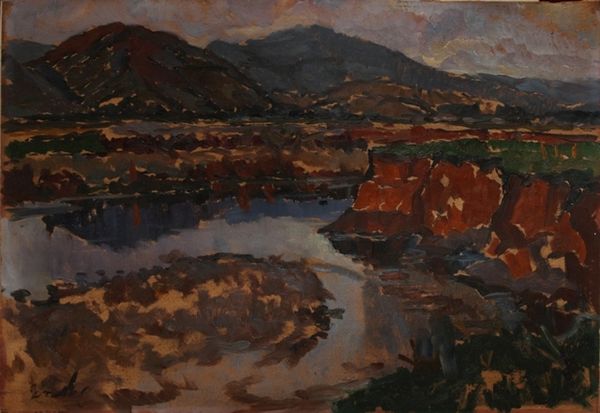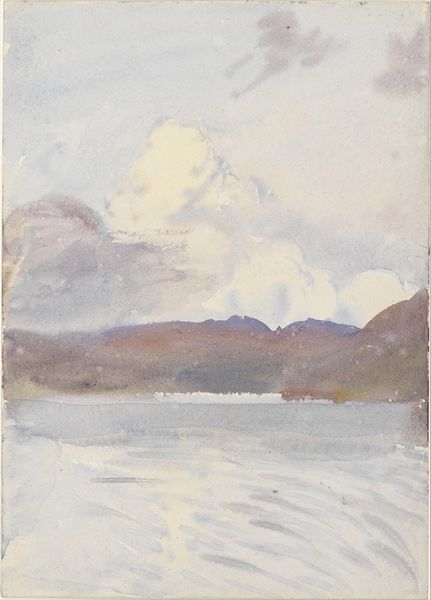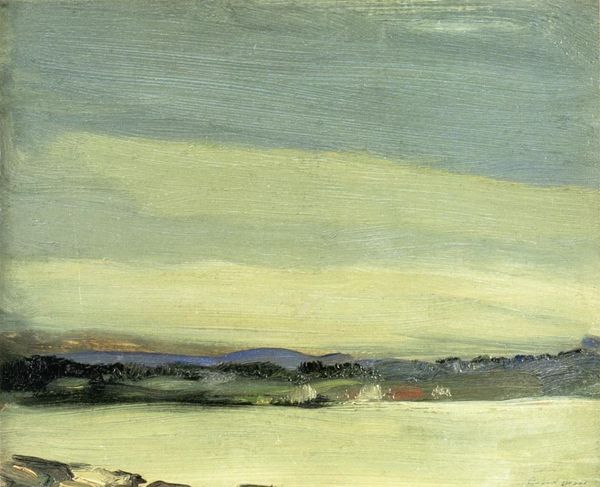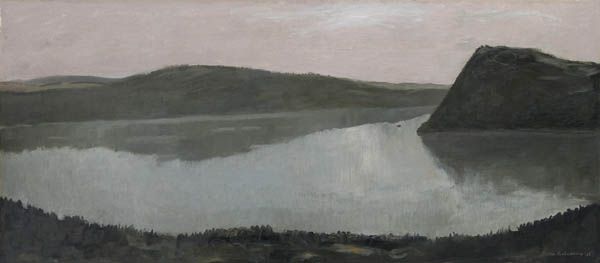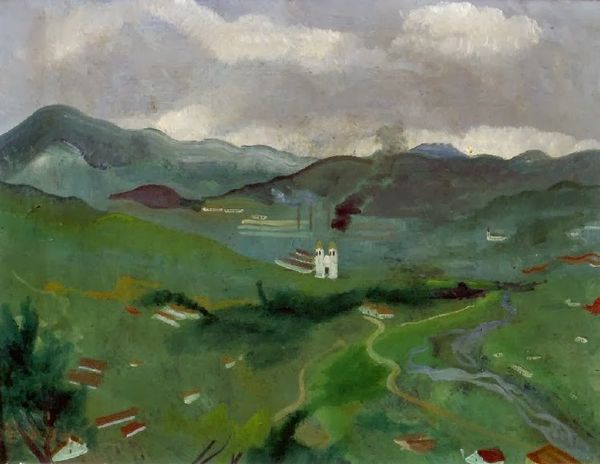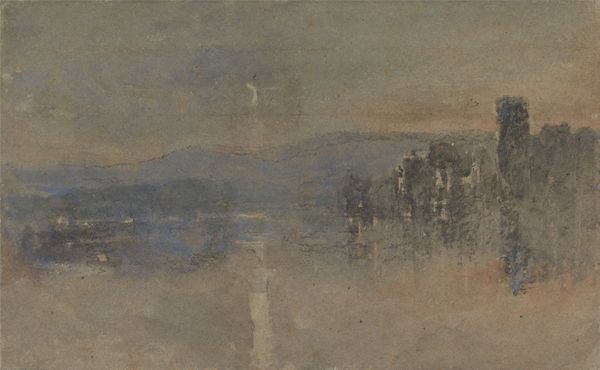
watercolor
#
landscape
#
watercolor
#
romanticism
#
watercolor
Copyright: Public Domain: Artvee
Thomas Sully rendered this landscape in watercolor, capturing a moment suspended between day and night. Twilight, that ethereal, transient period, has long resonated with human emotions, symbolizing transition, reflection, and the interplay between light and darkness. Consider the recurrence of twilight in various artistic and literary traditions. In German Romanticism, for instance, the twilight hour often evokes a sense of longing and the sublime, a connection to the spiritual realm. Caspar David Friedrich's landscapes frequently portray figures contemplating the twilight, suggesting a profound introspection. This sentiment echoes across time, appearing even in modern cinema, where twilight scenes often foreshadow pivotal moments of change or revelation. The emotional power of twilight lies in its ambiguity. As light fades, familiar forms become indistinct, stirring feelings of uncertainty and anticipation. This liminal space can evoke a sense of melancholy, as the day's activities recede into memory, or a sense of hope, as we anticipate the possibilities of the night. Twilight engages with the viewer on a subconscious level, tapping into our collective memories and primal responses to the natural world.
Comments
No comments
Be the first to comment and join the conversation on the ultimate creative platform.

